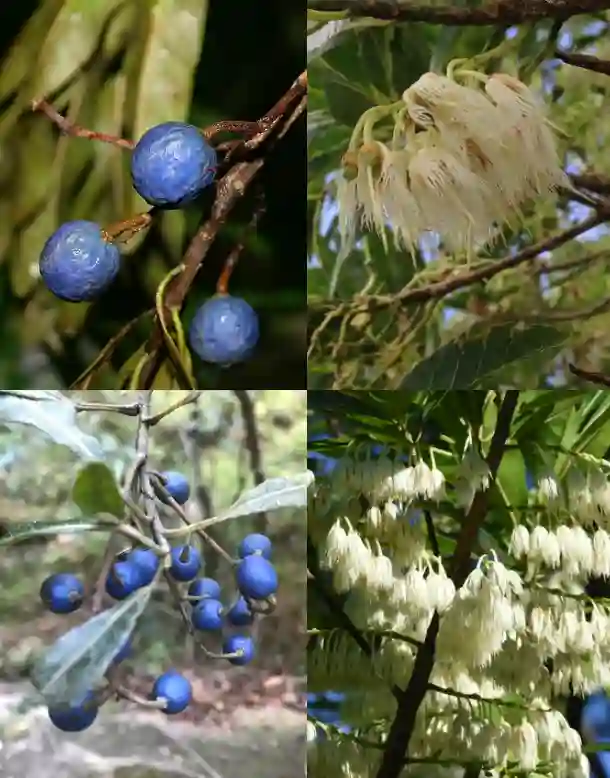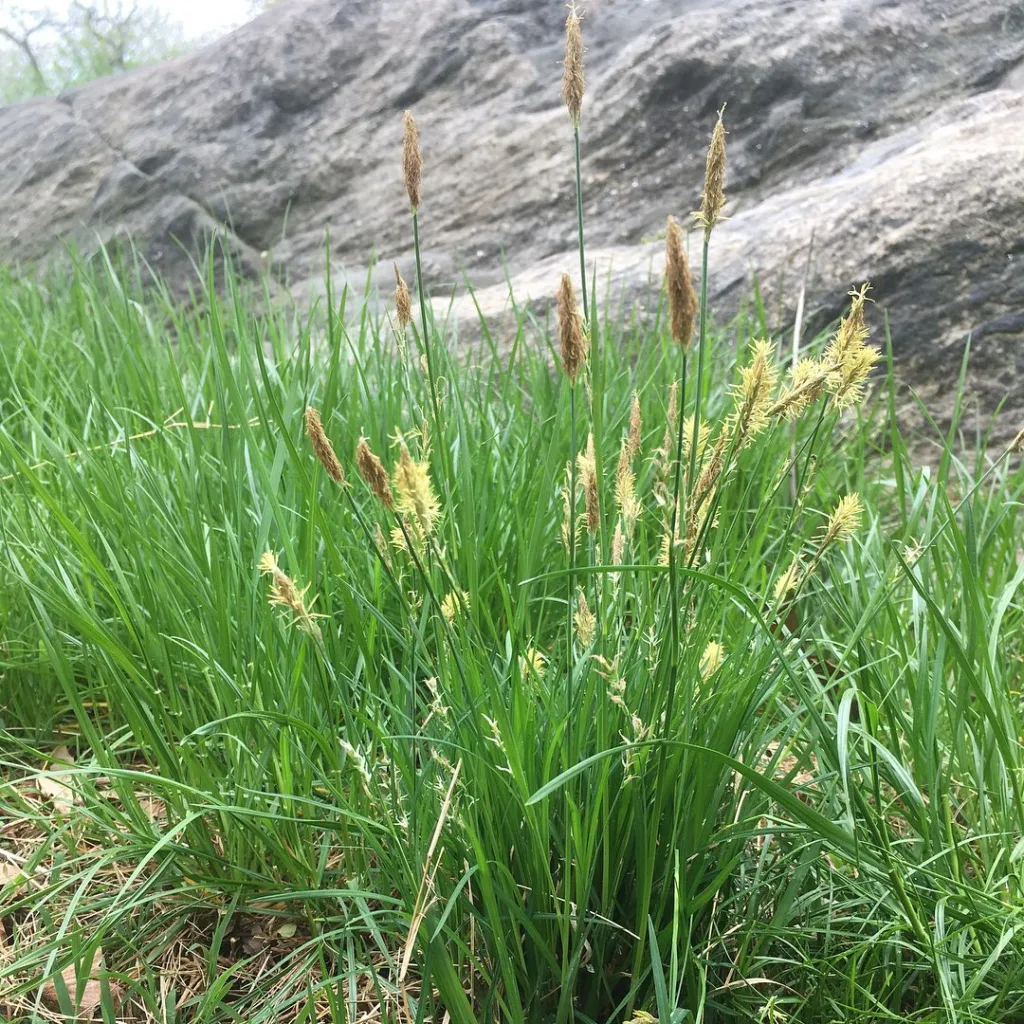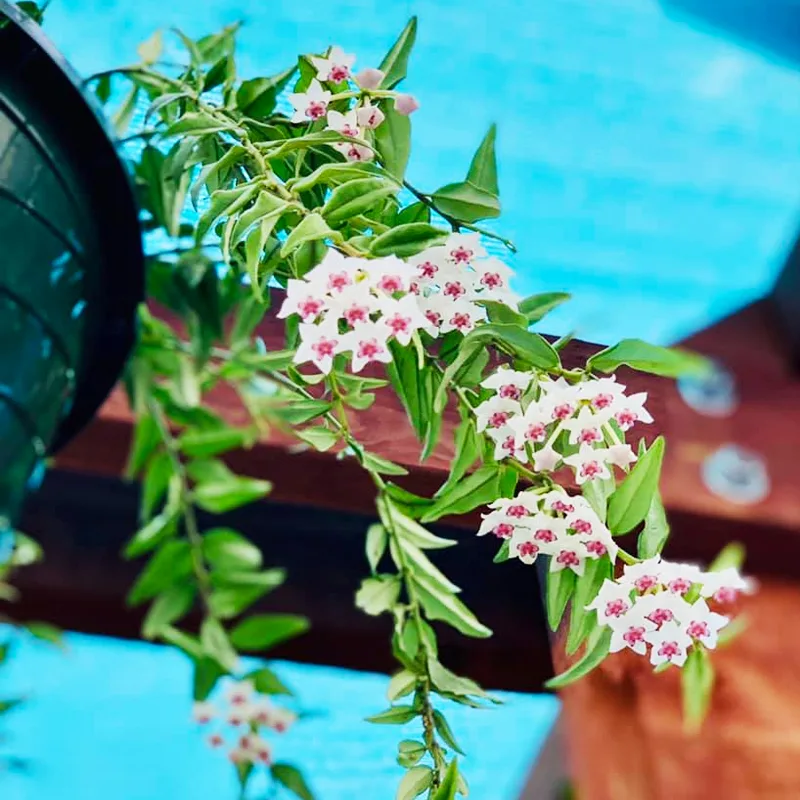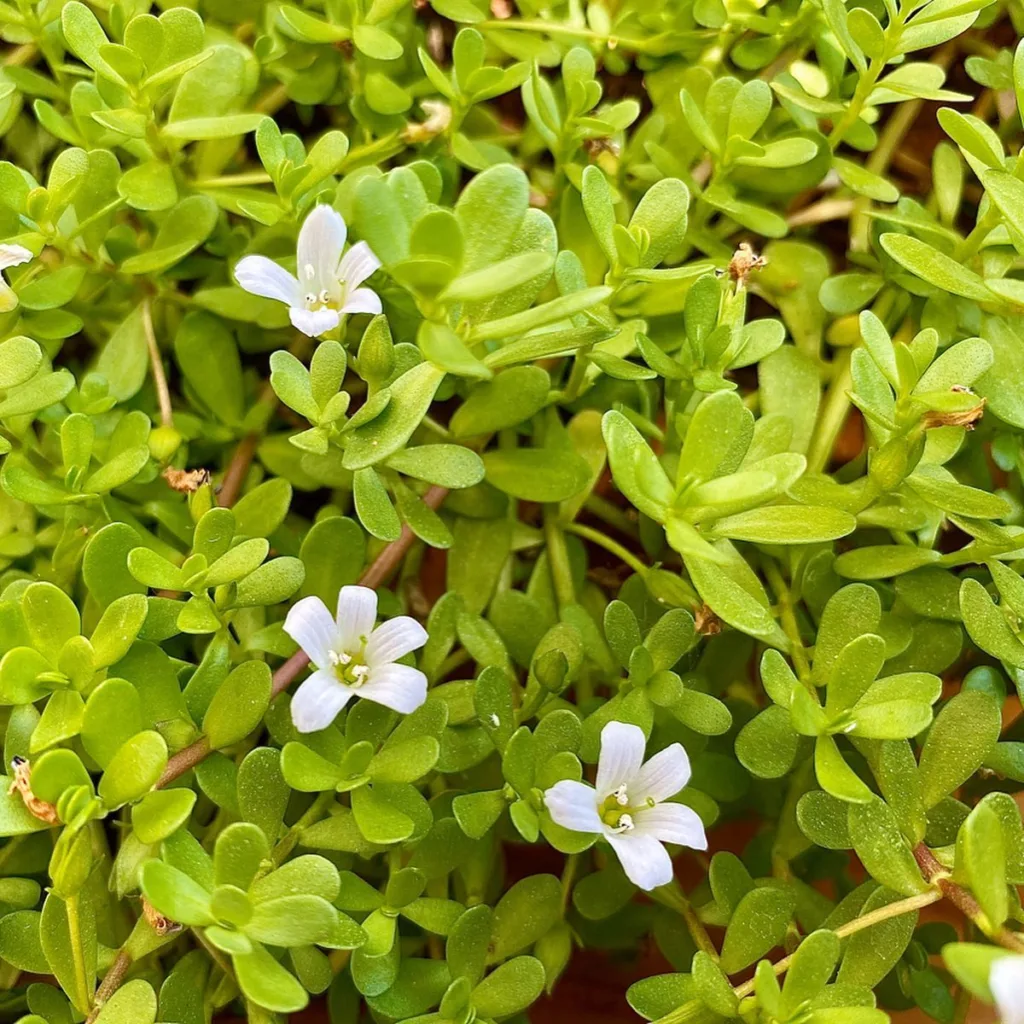Exploring the Humiriaceae Family: A Journey Through Unique Genera
As a passionate plant enthusiast, I have always been fascinated by the diverse families of plants that inhabit our world. One family that recently captured my interest is the Humiriaceae family. This lesser-known family comprises several intriguing genera, each contributing uniquely to our understanding of plant diversity. In this article, I will delve into the specific genera within the Humiriaceae family: Duckesia, Endopleura, Humiria, Humiriastrum, Hylocarpa, Sacoglottis, Schistostemon, and Vantanea.
Understanding the Humiriaceae Family
The Humiriaceae family primarily consists of tropical trees and shrubs. These plants are typically found in South America, particularly in the Amazon Basin, where biodiversity thrives. The family has piqued my interest due to its ecological significance and the unique characteristics of its genera. Each genus offers a glimpse into the adaptation and survival strategies of plants in tropical environments.
Duckesia: A Rare Gem
Duckesia is one of the lesser-known genera within the Humiriaceae family. I find it intriguing because it represents the rich diversity of plant life that can adapt to specific ecological niches. Duckesia species are often characterized by their robust stems and glossy leaves. One standout feature of this genus is its ability to thrive in various soil types, showcasing its adaptability. I appreciate how Duckesia embodies resilience, making it a compelling study for any plant lover.
Endopleura: The Aromatic Tree
Next on my exploration is Endopleura, known for its aromatic properties. I was pleasantly surprised to learn that some species within this genus produce essential oils with potential medicinal benefits. The aroma of Endopleura trees is captivating, often reminiscent of eucalyptus and other fragrant plants. As someone interested in plant-based remedies, I believe studying Endopleura could lead to exciting discoveries in the field of natural medicine. This genus exemplifies the relationship between plants and their environments, as aromatic compounds often serve as a defense mechanism against herbivores.
Humiria: A Cultural Connection
Moving on, Humiria holds a special place in my heart due to its cultural significance. Indigenous communities in the Amazon utilize Humiria for various purposes, including construction and traditional medicine. Learning about how these communities interact with plants deepens my appreciation for the relationship between people and nature. The wood of Humiria is durable and often used in carpentry, making it a valuable resource for local economies. This connection reinforces the importance of conserving plant diversity to sustain cultural practices and livelihoods.
Humiriastrum: Resilient and Adaptable
Another fascinating genus is Humiriastrum. This genus showcases remarkable resilience in adapting to environmental changes. I find it fascinating how Humiriastrum species can withstand harsh conditions, including drought and poor soil quality. Observing the resilience of these plants inspires me, reminding me of nature’s tenacity. I believe studying Humiriastrum could provide valuable insights into how plants cope with climate change, an increasingly important topic in today’s world.
Hylocarpa: The Aquatic Adaptation
The genus Hylocarpa has captured my attention due to its unique adaptations to wetland environments. These plants often thrive in swamps and along riverbanks, showcasing a remarkable ability to manage water. The broad leaves and intricate root systems of Hylocarpa allow it to stabilize soil and prevent erosion. This characteristic is particularly vital in maintaining healthy ecosystems, especially in areas vulnerable to flooding. Exploring Hylocarpa’s adaptations has broadened my understanding of the ecological roles plants play in their habitats.
Sacoglottis: Ecological Importance
Moving forward, Sacoglottis stands out for its ecological importance. This genus contributes to the biodiversity of tropical rainforests, serving as a habitat for various wildlife species. I find it fascinating how plants like Sacoglottis provide essential resources for animals, from food to shelter. This interconnectedness in nature emphasizes the need for conservation efforts to protect these ecosystems. As someone passionate about environmental preservation, I believe studying Sacoglottis can enhance our understanding of ecological relationships.
Schistostemon: The Unknown Potential
Schistostemon is a genus that intrigues me due to its potential for new discoveries. Despite being relatively obscure, I believe this genus could hold the key to understanding certain ecological dynamics within the Humiriaceae family. The limited research on Schistostemon sparks my curiosity, prompting me to consider the untapped potential of lesser-known plant species. There is something thrilling about the prospect of uncovering new knowledge about these plants and their roles in their ecosystems.
Vantanea: A Vision of Beauty
Lastly, I would like to highlight Vantanea, which showcases stunning flowers and foliage. The visual appeal of Vantanea species adds to the allure of the Humiriaceae family. I appreciate how the aesthetics of plants can inspire creativity and appreciation for nature. Vantanea serves as a reminder of the beauty present in biodiversity, reinforcing the need to protect and celebrate our planet’s unique flora.
Conclusion: A Family Worth Exploring
In my exploration of the Humiriaceae family and its genera, I have gained a deeper appreciation for the complexities of plant life. From the adaptability of Duckesia to the cultural significance of Humiria, each genus presents unique characteristics that contribute to our understanding of biodiversity. As I continue my journey through the world of plants, I am reminded of the importance of conservation and the need to cherish the diverse families that enrich our planet. The Humiriaceae family is not just a collection of plants; it is a testament to nature’s resilience, beauty, and interconnectedness.
If i die, water my plants!



